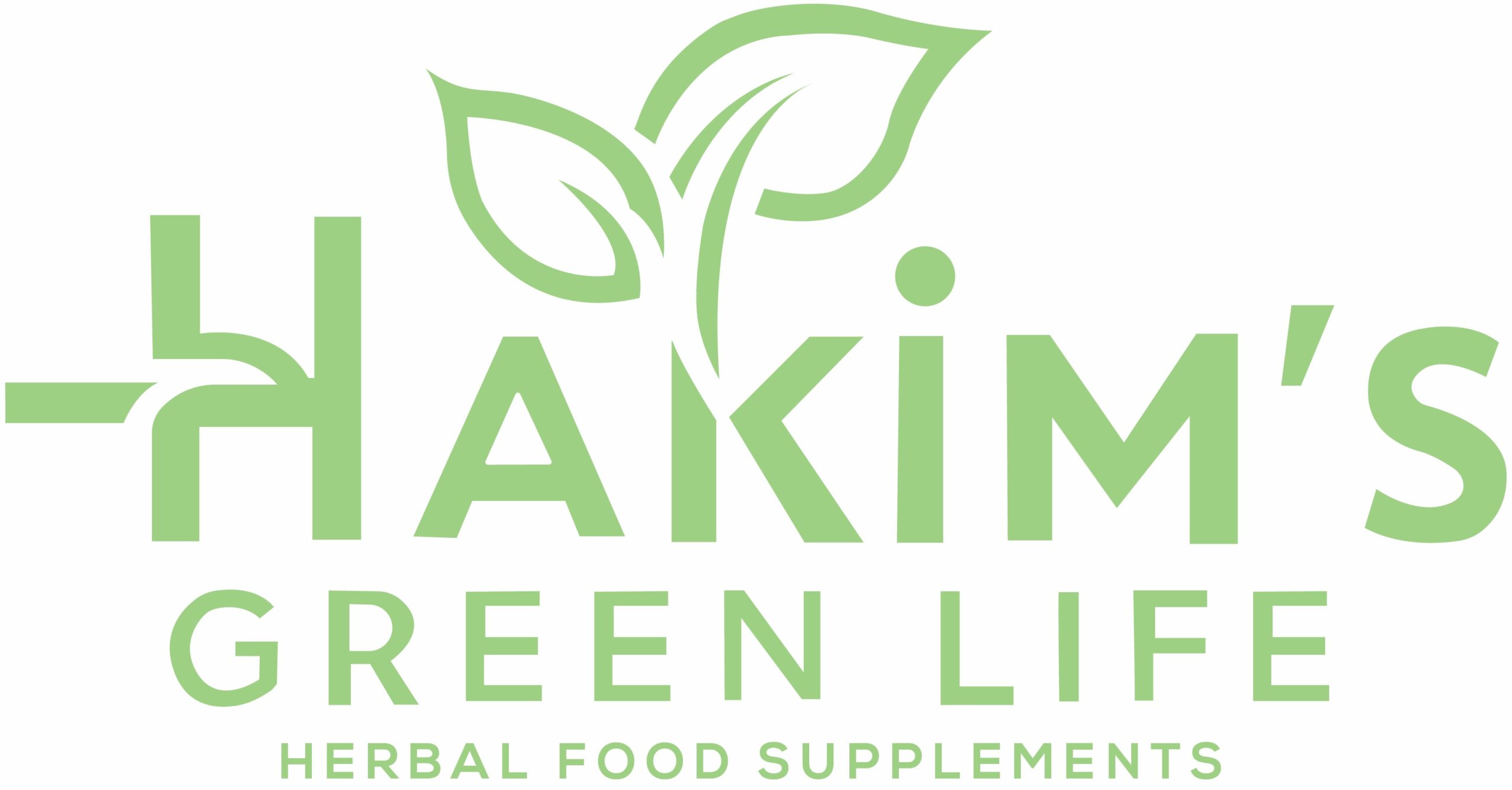
Ayurved, India’s holistic, integrated, physiotherapeutic medical system is based upon the universal natural law of balancing the five elements (ether, air, fire, water and earth) that make up the physical body. Hakim’s Green Life, When one or more of these elements go out of balance because of improper diet and life style, various diseases and mental disturbances can manifest
Ayurveda, the ancient Indian system of medicine, offers a holistic approach to managing high blood pressure (hypertension). This approach involves lifestyle modifications, dietary changes, herbal remedies, and practices aimed at balancing the body’s doshas (fundamental bio-energies: Vata, Pitta, and Kapha). Here’s a detailed overview of Ayurvedic approaches to managing high blood pressure:
1. Understanding Hypertension in Ayurveda
In Ayurveda, high blood pressure is often associated with an imbalance in the doshas, particularly Pitta and Vata. The condition is seen as the result of stress, poor diet, sedentary lifestyle, and emotional factors, which can lead to an imbalance in the body’s energy flow and physical function.
2. Dietary Recommendations
Ayurveda emphasizes a balanced diet tailored to one’s dosha type. General dietary recommendations for managing high blood pressure include:
- Vata-pacifying foods: Warm, cooked, and mildly spiced foods; avoiding cold, dry, and raw foods.
- Pitta-pacifying foods: Cooling foods; avoiding spicy, salty, and sour foods.
- Kapha-pacifying foods: Light, warm, and mildly spiced foods; avoiding heavy, oily, and sweet foods.
Specific foods beneficial for managing high blood pressure include:
- Fruits: Apples, bananas, oranges, melons, and pomegranates.
- Vegetables: Leafy greens, broccoli, carrots, and beets.
- Grains: Brown rice, quinoa, and barley.
- Dairy: Low-fat milk and yogurt (in moderation).
- Spices: Garlic, turmeric, cardamom, and ginger.
3. Herbal Remedies
Ayurveda employs various herbs known for their antihypertensive and calming properties:
- Arjuna (Terminalia arjuna): Supports cardiovascular health.
- Ashwagandha (Withania somnifera): Reduces stress and supports overall health.
- Brahmi (Bacopa monnieri): Enhances cognitive function and reduces anxiety.
- Gotu Kola (Centella asiatica): Improves circulation and reduces stress.
- Sarpagandha (Rauwolfia serpentina): Traditional remedy specifically for lowering blood pressure (used with caution).
4. Lifestyle and Routine
Ayurvedic lifestyle recommendations to manage hypertension include:
- Daily Routine (Dinacharya): Following a regular schedule for sleeping, eating, and working to maintain balance.
- Exercise (Vyayama): Gentle exercises like yoga, walking, and tai chi to reduce stress and improve circulation.
- Meditation and Breathing Exercises (Pranayama): Techniques like alternate nostril breathing (Nadi Shodhana) and deep breathing (Anulom Vilom) to calm the mind and reduce stress.
- Abhyanga (Oil Massage): Regular self-massage with warm sesame or olive oil to improve circulation and relax the body.
5. Stress Management
Managing stress is crucial in Ayurveda for controlling high blood pressure. Techniques include:
- Yoga: Postures (asanas) that promote relaxation, such as Shavasana (Corpse Pose), Sukhasana (Easy Pose), and Uttanasana (Standing Forward Bend).
- Meditation: Practices like mindfulness meditation, guided imagery, and mantra chanting.
- Ayurvedic Therapies: Panchakarma treatments, including Shirodhara (oil pouring on the forehead) and Nasya (nasal administration of herbal oils).
6. Hydration and Detoxification
- Hydration: Drinking plenty of warm water and herbal teas to keep the body hydrated and support detoxification.
- Detoxification: Periodic detox programs (Panchakarma) to eliminate toxins (ama) from the body, which can contribute to high blood pressure.
7. Consultation with an Ayurvedic Practitioner
It’s important to consult with a qualified Ayurvedic practitioner before starting any herbal treatments or significant lifestyle changes. They can provide a personalized plan based on one’s unique constitution (Prakriti) and current imbalances (Vikriti).
Conclusion
Ayurveda provides a comprehensive approach to managing high blood pressure by addressing the root causes and promoting overall well-being through diet, herbs, lifestyle modifications, and stress management techniques. By following these holistic practices, individuals can achieve better control over their blood pressure and enhance their overall quality of life
Hakim’s DB Green – Diabetes Care
This herbal formulation gives effective results helping control worst cases of Diabetes. A regular course reactivates and strengthen pancreases which is responsible controlling the sugar level by producing insulin in the body. It boost up energy levels which leads to an active and healthy lifestyle you can. It’s completely Ayurvedic Proprietary Medicine with NO SIDE EFFECTS.
Hakim’s Green Life

